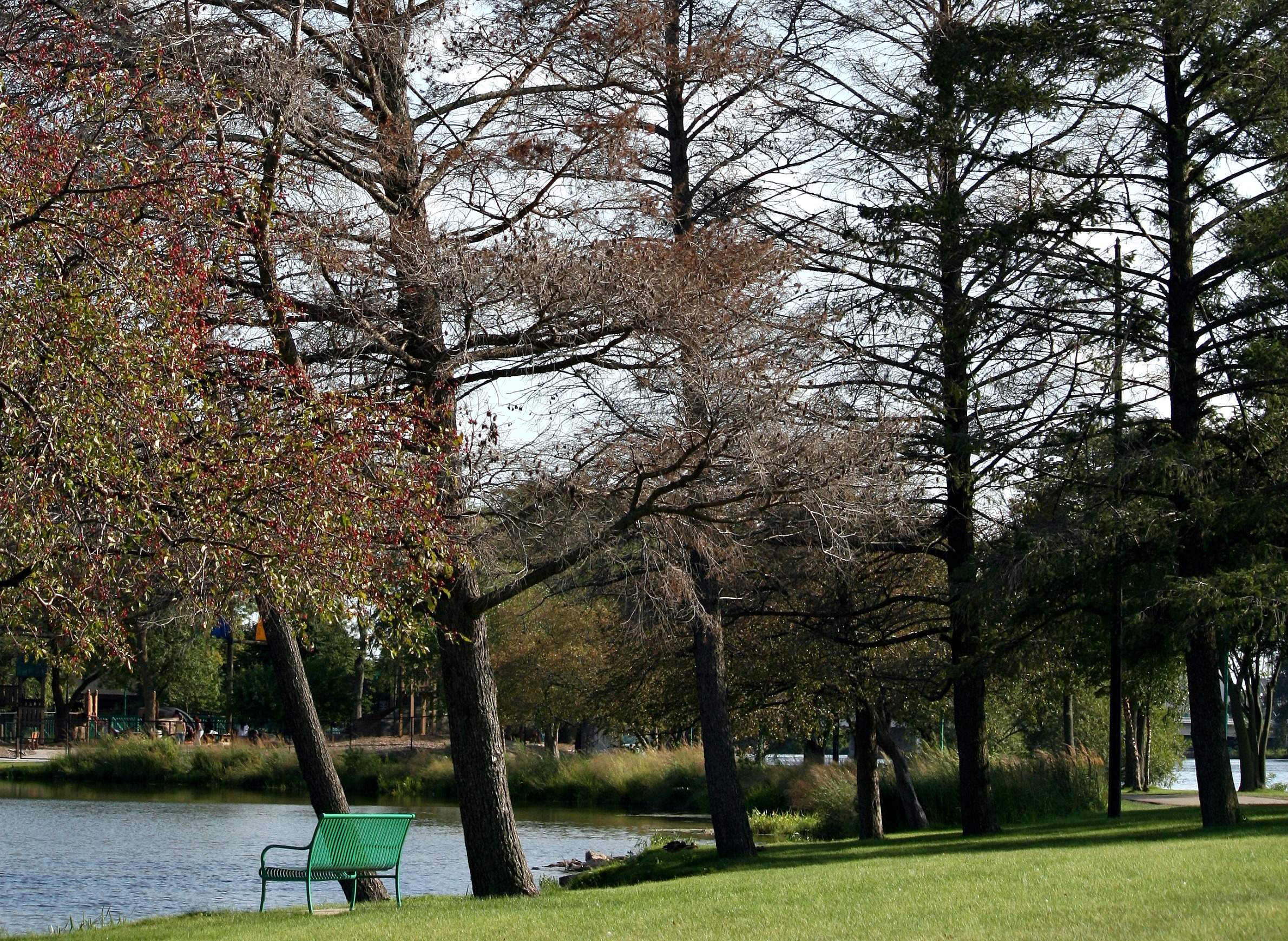
How To Shield Urban Trees From Seasonal Stress

Trees are able to tolerate undue stress in urban ecosystems. They are exposed to myriad harsh conditions, exhibiting amazing patience, adaptability and a selfless contributing personality to their surroundings. However, there is a limit to any tree's tolerance, and they can exhibit signs of decline in response to consecutive years of stresses.
From the drought of 2012 to summer flooding to insufficient snow cover in winter, landscape trees in Wisconsin face cumulative environmental stressors. Stem girdling roots, poor location, construction and road salt damage are other ongoing issues that can aggravate a stressed tree to varying degrees of failure.
Many Wisconsinites encounter varying signs of tree stress and decline: failure to leaf out in spring, small leaf size, a sparse or half-dead crown, sudden wilting of leaves and branch collapse, bark splitting, too many seed pods/cones and early fall coloration.
In general, it is hard to diagnose the interaction of multiple stress effects on trees to provide a single treatment or remedy. However, a holistic approach in maintenance practices can help trees naturally recover from ongoing cumulative stress.
- Newly planted and established trees should be watered at least once a week if there is no significant rainfall in the forecast. A general guideline is to water 1 inch per week in heavy soil and 1.5 inches per week in sandy soil. It takes about 60 gallons of water to cover a 1-inch depth for 100 square feet. For newly planted trees, it is best to water twice a week for three months after planting. If trees are mulched, a soaker hose should be placed underneath the mulch to ensure the soil root zone gets adequate water.
- Lawn grass and weeds compete with trees for water. A 3-5 foot buffer should be maintained between the trunk of a tree and weeds, lawn grass and other perennials. A thin layer (2-3 inches) of shredded wood mulch should be spread around a tree's trunk. This mulch should not touch the trunk, and is best placed at least 6 inches away.
- Pruning any dead branches in a tree (except oaks and elm) creates more air flow movement and encourages new shoot growth in the crown. But if more than 40 percent of the branches in the crown are dead, then it's best to remove the tree.
- Deep planting of trees causes stem girdling root. Maples, ash and lindens are highly susceptible to a girdling root effect, and will exhibit declining symptoms when the tree reaches its mature size. A certified arborist can remove the girdling roots hidden underneath the soil. When planted, trees should be placed at the correct depth to avoid this issue.
- Construction and high foot traffic around a tree's root zone area can hurt trees that are already stressed. Oaks are particularly sensitive to construction damage. If traffic and construction work are unavoidable, consider using plywood panels, logging mats or 6 inches of wood chips around a tree's protected root zone area. These materials should be removed after construction has ended.
More information about proper tree planting techniques and maintenance is available through University of Wisconsin-Extension Horticulture.
Vijai Pandian is a horticultural agent and educator for the University of Wisconsin-Extension Brown County. This article is adapted from an item originally published by the Green Bay Press Gazette.


